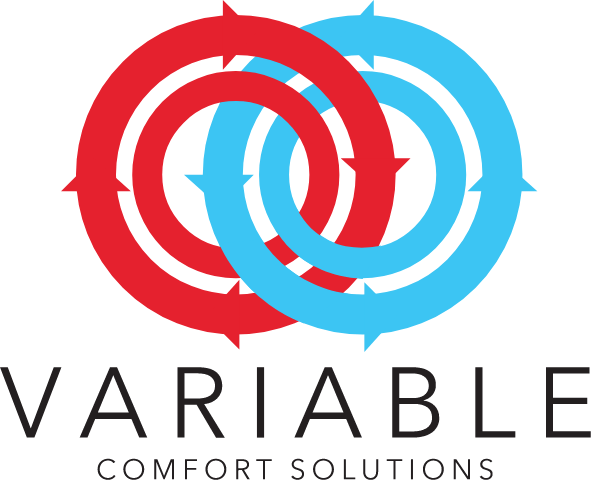All You Need to Know About Air Quality Tests
Preserving your indoor air quality is an essential part of preserving your health and safety. Poor indoor air quality leads to a variety of health issues, such as headaches, allergies, and respiratory illnesses. Taking steps to proactively manage and improve your indoor air quality is an important step in providing well-being for your family.
How Air Quality Is Measured
As an indoor air quality test is conducted, there are typically three types of pollutants that are checked for. These include:
- Biological pollutants
- Chemical and volatile organic compounds
- Combustion pollutants
Biological matter refers to substances like bacteria, pet and human dander, pollen, dust, mold, and dust mites. Just because you don’t have plants or pets does not mean that your home is free from biological pollutants; many of these can be carried indoors after opening doors and windows.
Volatile organic compounds are substances such as formaldehyde, radon, and lead. Lead can be found in paint samples and in walls, depending on the age and composition of your home. Harmful compounds such as radon, carbon monoxide, and formaldehyde are present in many homes, though in large concentrations they can cause significant health issues for you and your loved ones.
An air quality test measures these harmful elements in percentages. The higher the concentration of these substances, the more compromised your indoor air quality is. While a certain amount of pollution is unavoidable, keeping these substances at a minimum is best for preserving the integrity of your indoor air quality.
The Indoor Air Quality Test Procedure
An indoor air quality test typically involves a series of simple steps to reveal concentrations of harmful pollutants present in your indoor air and HVAC system.
Initial Assessment
An HVAC professional will conduct a visual inspection of your home to identify potential sources of pollution or areas of concern that may be contributing to poor air quality. He or she will then make recommendations about proper ventilation and HVAC maintenance to improve air quality and reduce levels of harmful substances in your home environment.
Sample Collection
Your technician will then collect surface, air, and bulk samples from your home to test for a variety of pollutants such as mold, bacteria, VOCs, and other particulates. Air samples are collected via a pump calibrated to draw air through a filter, while surface areas are collected with swabs and adhesive tapes. Collected samples are then sent to a laboratory for analysis and labeling to determine the percentage of particulates in your air; this data is used to determine your indoor quality and provide you and your HVAC professional with information used to create an improvement plan.
Report
Results of your laboratory analysis are compiled into a report that details levels of pollutants in your home, along with the most efficient recommendations for how to improve your indoor air quality. An HVAC professional can help you decode results as well as point you in the direction of additional products and services that will help you create a cleaner, more efficient home environment.
Interpreting Your Results
Homes that contain above-average or high levels of pollutants such as lead, mold, pollen, and dander can be reduced and virtually eliminated through simple household maintenance procedures. Taking steps to remove lead paint and properly ventilate your home will reduce concentrations of harmful gases, such as radon and carbon monoxide, and reduction of humidity levels can also significantly reduce the possibility of mold and mildew growth. As you measure and evaluate your indoor air quality test result, taking a look at standards established by the Environmental Protection Agency and the Occupational Safety and Health Administration organizations will give more information about creating an indoor air quality improvement plan that works for you.
Staying on Top of Your Indoor Air Quality
It’s important to monitor your indoor air quality to proactively manage and protect your health. Variable Comfort Solutions is proud to serve valued clients in Huntington and the surrounding areas. We provide services related to heating and cooling repair, installation, and maintenance, commercial heat and AC, heat pump service and installation, ductless mini split service, and indoor air quality assessment and maintenance. We have what it takes to improve air quality and provide you with the best solutions for you and your family. Contact us today for a comprehensive evaluation.


